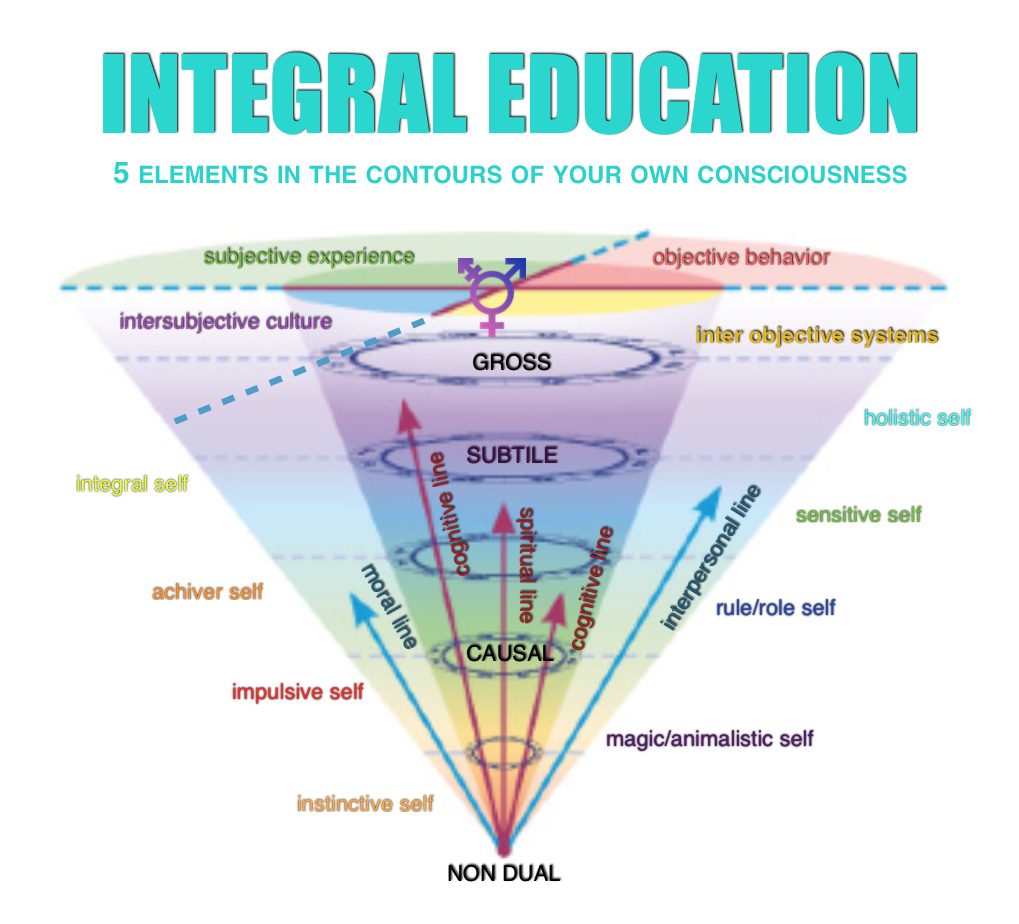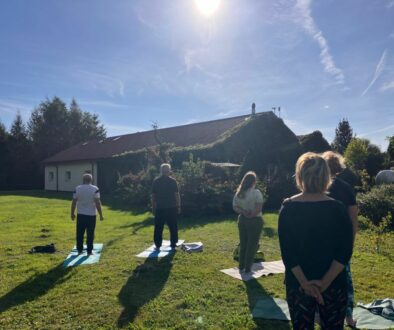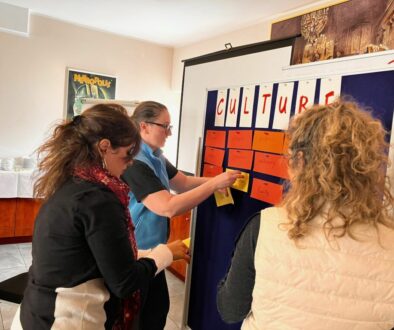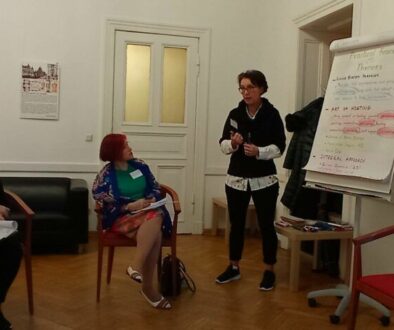Integral Education

“The world is a good place, not a perfect place, as anyone can see, but a good place , a place worth the trouble of trying to make better.” -Peter Buffett
Education can be the way to make our world a better place for all of us!
Recently I actively explore the frontiers of education from an integral perspective. An Integral approach to education means that we include multiple perspectives. It seeks to understand the subjective experience of others and to find value in those, and offer an effective tool to transform ourselves, serve our students, and create multidimensional curriculum. Integral education attempts to discover how the many partial truths of educational philosophies and methods inform and complement each other in a coherent way, while acknowledging that the whole truth is still evolving and can never be completely captured.
But what exactly is „integral“ and what it has to add over and above all other theories to education?
Well, “integral” means many things to many people, and the same is true for “Integral Education.” In one sense, integral has become a generic attractor for progressive and/or reform and/or alternative educational theories of all flavours. For educational practitioners and scholars, any particular school of educational thought may feel constraining and bound to a particular model or founder. The integral approach can embrace (and support a critical evaluation of) most of the values and deep principles embodied in progressive thought, and is thus not only compatible with them but offers a generous and welcoming meta-container (Murray 2009).
For the purposes of this blog, I will only provide a brief overview of these aspects in order to give you a sense of the potential of this framework. More could be found by Ken Wilber.
According to Ken Wilber the integral map is made up of 5 elements called quadrants, levels, lines, states and types and that gives us the AQAL model (all quadrants, all levels, all lines, all states and all types. The AQAL model not only provides an Integral Map that enables the user to gain a more comprehensive understanding of any issue – including education — but using an Integral Approach can help to facilitate greater self awareness. The integral approach is also described as a supertheory or metatheory as it has been developed to enable the integration of many different theories in a coherent fashion (Rentschler, 2006). The model itself is “content-free” and provides a framework into which people viewing a subject from any perspective can incorporate the specific content they want to study. (Esbjörn-Hargens, 2006).
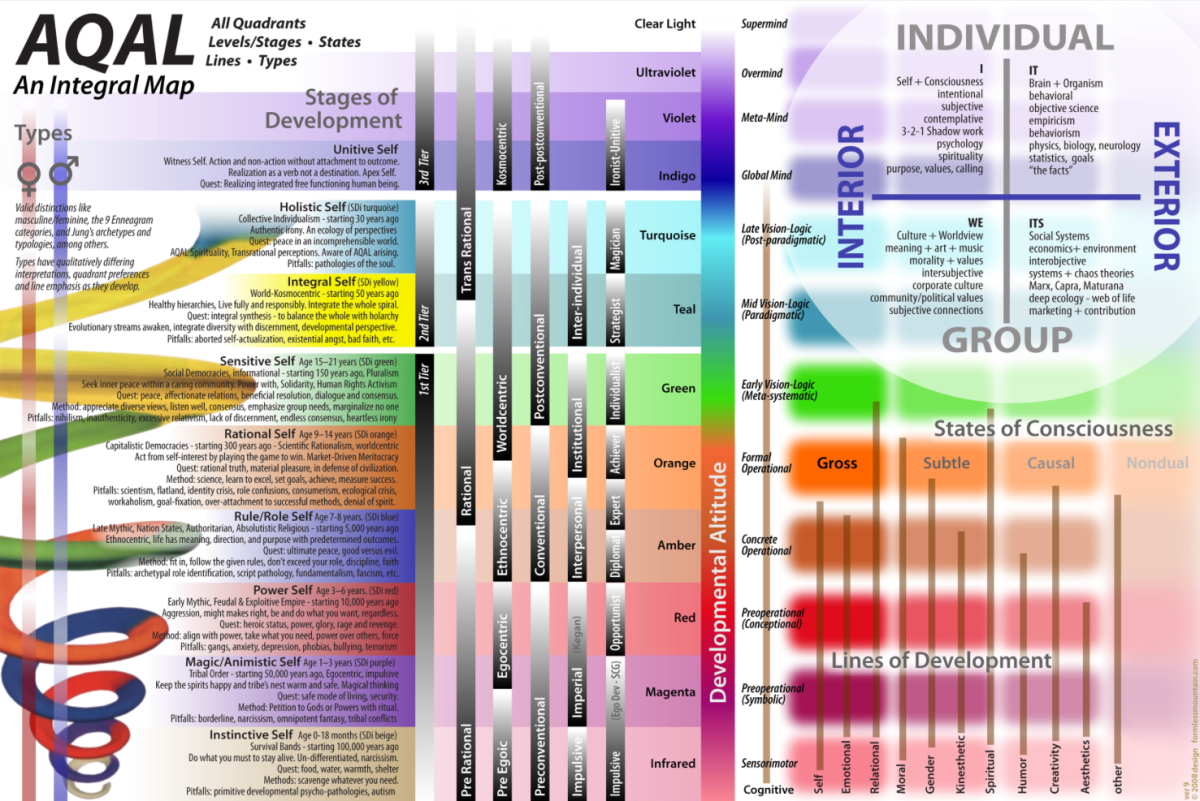
Integral education attempts to discover how the many partial truths of educational philosophies and methods inform and complement each other in a coherent way, while acknowledging that the whole truth is still evolving and can never be completely captured.
The Integral model provides an effective template to design pedagogy, classroom activities, evaluations, courses and curriculum. Drawing on the five elements of quadrants, levels, lines, states, and types, an educator can be sure to include more essential aspects of educational space than most current approaches.
Integral education includes approaches to education from biological, neurological, societal, cultural, psychological, and spiritual fields of study.
- It involves considering the individual and collective aspects of teachers and students, as well as the interior and exterior modes of experience and reality, termed the four quadrants.
- An integral approach also considers the many developmental lines in a human being – cognitive, emotional, interpersonal, artistic, moral, spiritual, and others.
- In addition, the Integral framework understands that these lines evolve in stages, or levels, such as preconventional, conventional, and postconventional, and that each human being passes through these levels and cannot skip any one.
- It also acknowledges the importance for an individual’s development and motivation of states of consciousness.
- Lastly, integral education considers types, people’s enduring tendencies and inclinations toward, for example, introversion or extraversion; agency or communion; and orderliness or spontaneity.
It is a transformative practice…
The teacher, the students, and the classroom can engage transformative processes through various practices of awareness, interaction, and organization. It is of utmost importance that the teacher continually engage in his or her own transformative practices, such as meditation and shadow work, in order to better stabilize post-rational modes of being and knowing.
The educational space has four irreducible dimensions that are all equally important and must be included in multiple ways: subjective experience, objective behavior, intersubjective culture, and inter objective systems. Each of these four dimensions has depth and complexity that develops over time; this development can be facilitated. In particular, Integral teachers need to monitor how they are meeting their students where they are developmentally and not placing them in over their heads.
It is crucial to attend to the multiple developmental lines in teachers as well as students. This involves understanding the complex relationship between the capacity to take multiple perspectives (the cognitive line), to interact in meaningful ways with others (the interpersonal line), and to engage in worldcentric ethical action (the moral line).
Teachers must recognize and work creatively with the many natural and non-ordinary states of embodiment and awareness that they and their students cycle through both in the classroom and in daily life in response to class content and activities. The more that teachers can support students in accessing various gross, subtle, causal, and witnessing states, the more fluid they will be in their own embodied awareness.
Because there are many types of learners and dimensions of learning, an educator needs to work with multiple typologies in order to provide the most responsive and effective educational space. Key typological categories to use include: the five senses, gender, personality, and preferred narrative style (i.e., first-, second-, and third-person).
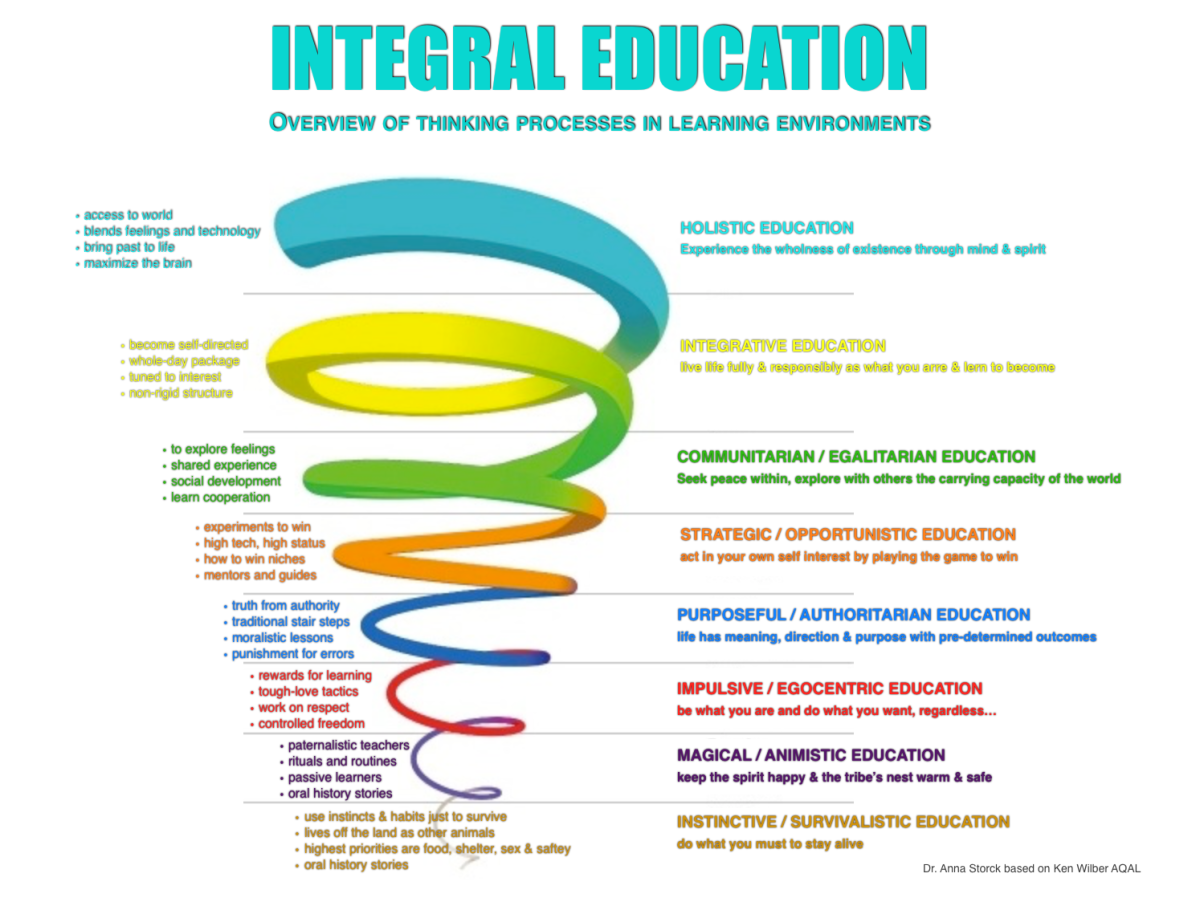
To sum up, an Integral approach to education means that we include multiple perspectives. It seeks to understand the subjective experience of others and to find value in those, and offer an effective tool to transform ourselves, serve our students, and create multidimensional curriculum. Integral education attempts to discover how the many partial truths of educational philosophies and methods inform and complement each other in a coherent way, while acknowledging that the whole truth is still evolving and can never be completely captured.
Dr. Anna Storck based on Ken Wilber AQAL and Sean Esbjorn-Hargens
